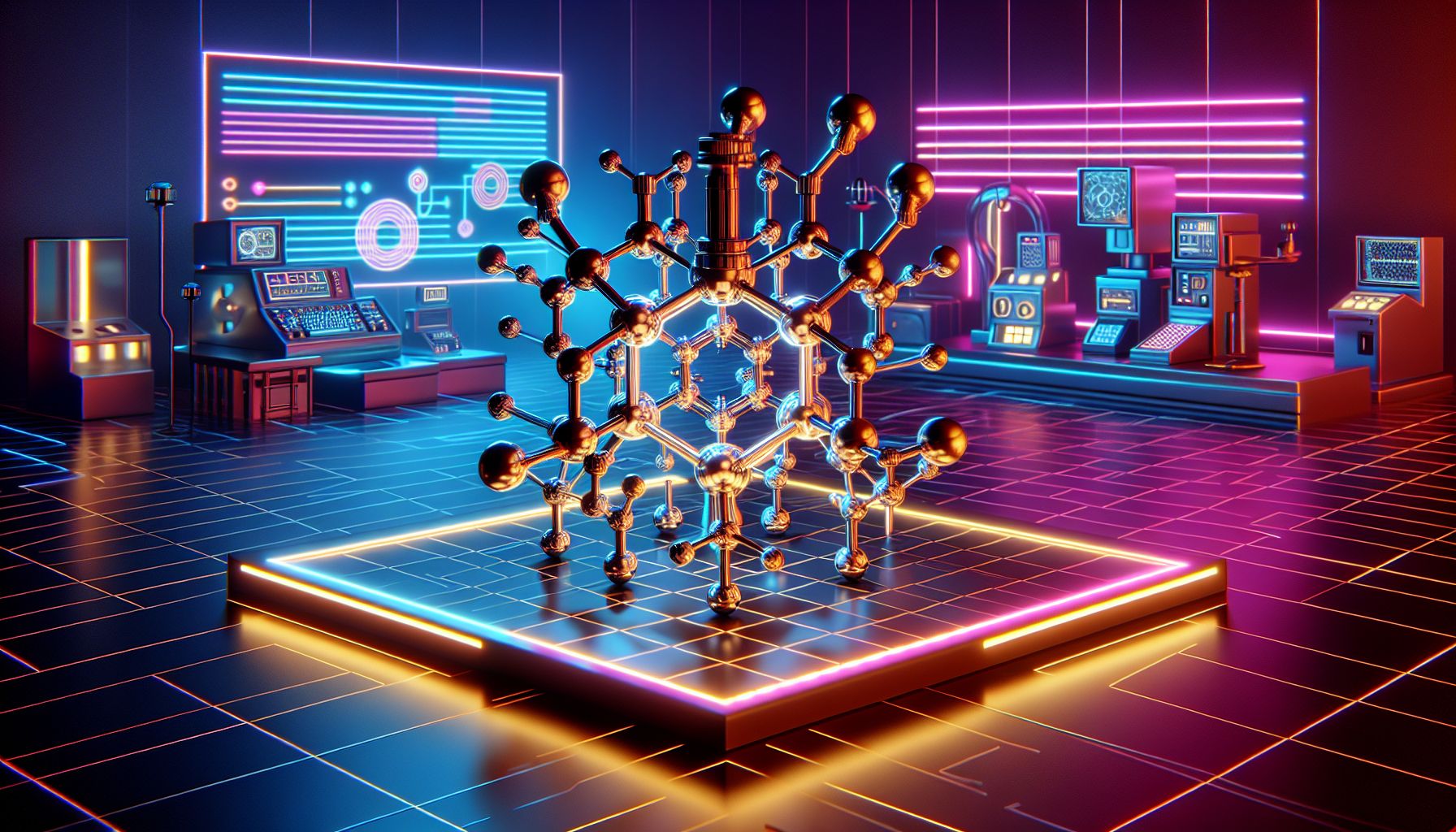Unveiling Water's Quantum Dance: New Spectroscopy Method Maps Hydrogen Bonds

London, Thursday, 31 October 2024.
Scientists crack water’s code with a groundbreaking spectroscopy technique. This method reveals intricate hydrogen-bonding networks, offering unprecedented insights into liquid structures. It’s not just about water – this discovery could revolutionise our understanding of proteins, materials, and more.
A Revolutionary Technique
Imagine peering into water’s secret life, where molecules dance in an intricate web of connections. That’s precisely what researchers at the Swiss Federal Institute of Technology Lausanne (EPFL) have achieved. Led by Dr. Sylvie Roke, the team developed a technique called correlated vibrational spectroscopy (CVS). This method maps out hydrogen-bonded networks with stunning precision, using ultra-short laser pulses to illuminate the hidden choreography of water molecules[1].
Beyond Water: A New Frontier
While water takes centre stage, this technique’s potential applications stretch far beyond. It’s not just about understanding water; it’s about unlocking the mysteries of any liquid or amorphous material with hydrogen bonds. Picture this: resolving debates on protein denaturation or even designing new materials for medicine and technology. The possibilities are as vast as the ocean itself, with CVS standing as a beacon of scientific exploration[2].
The Quantum Secrets Unveiled
What’s mind-boggling is how this method delves into quantum mechanics. For the first time, direct observations of water molecules engaging in hydrogen bonds have been made, capturing electronic and nuclear quantum effects. This leap from theory to reality is like finding the missing piece of a complex puzzle. By changing the pH and observing the charge transfer in hydrogen-bonded networks, the researchers have peeled back layers of secrecy, revealing how water behaves at a molecular level[3].
Implications and Future Directions
The implications of this discovery are profound. Imagine applying this knowledge to improve drug design or to create materials with unprecedented properties. Anders Nilsson from Stockholm University highlights the surprising asymmetry in charge distribution within hydrogen bonds, a feature that could reshape our understanding of molecular interactions. As we stand at the threshold of this new frontier, the journey into the heart of hydrogen bonds promises to redefine how we see the world around us[4].
Conclusion: A New Dawn for Science
In the grand tapestry of science, each thread of discovery weaves into a broader understanding of our universe. This new spectroscopy method is a vibrant thread, promising to unravel the complexities of hydrogen bonds not just in water, but across all forms of matter. As we embark on this journey, one can’t help but wonder: what other secrets lie beneath the surface, waiting to be discovered?